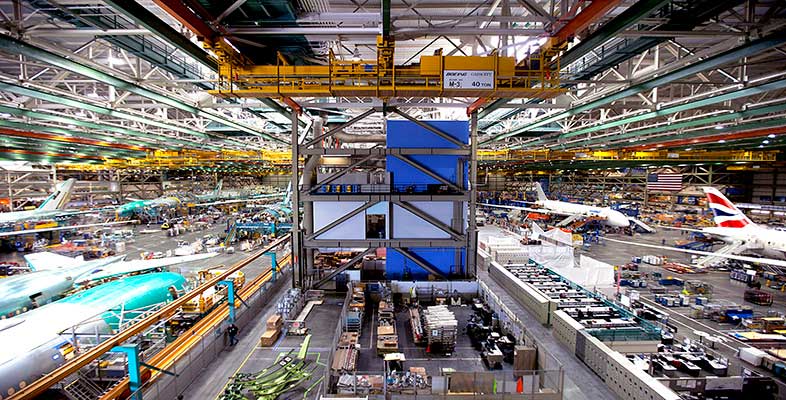Conclusion
The aim of this course has been to give you an introductory overview of operations management. Operations is one of the central functions of all organisations The first learning outcome was that you should be able to ‘define “operations” and “operations management”’. I took the view in this session that operations embraces all the activities required to create and deliver an organisation's goods or services to its customers or clients.
The second outcome was that you should be able to ‘identify the roles and responsibilities of operations managers in different organisational contexts’.
The third outcome was that you should be able to ‘identify the operations management aspects of your own work’. Some managers have a specific and central role in the management of operations such as a production manager in a factory or an operations manager in a hotel chain. However, as you may have discovered from Activity 3, most managers have at least some operations management aspect to their job.
The fourth outcome was that you should be able to ‘apply the “transformation model” to identify the inputs, transformation processes and outputs of an organisation’. The transformation model is a tool for analysing any type of organisation in terms of the inputs, transformation process and outputs involved in the operations function. Section 2 of this session described the transformation model and Activity 4 gave you the chance to apply it to a number of very different organisations.
The fifth outcome was that you should be able to ‘identify the operational and administrative processes in your own organisation’. David Garvin's article discussed the way in which a process perspective can enable managers to gain greater insight into the management of organisational performance. As you read the extract I hope you took notes on how this could be applied in your own organisation.
The final objective was that you should be able to ‘describe the boundaries of an operations system and recognise its interfaces with other functional areas within the organisation and with its external environment’. In Section 3 , I extended the transformation model to include suppliers, customers and the external environment. I also drew an important distinction between the closed system mentality that keeps the operations function separated from suppliers and clients, and the open systems mentality where communication with customers and suppliers is encouraged.
